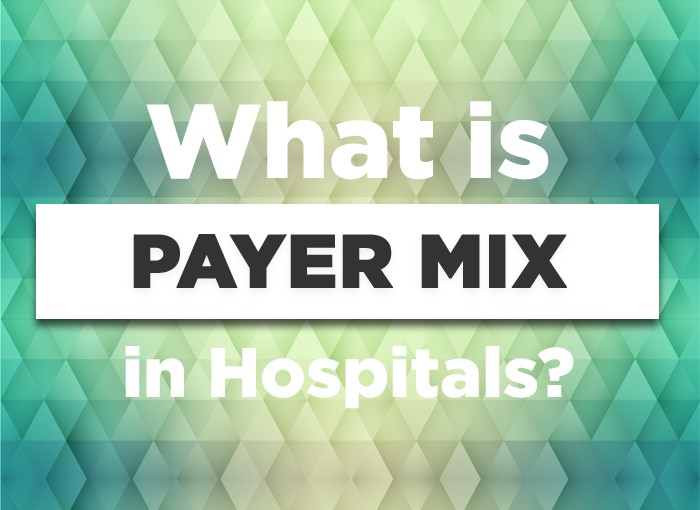What is Payer Mix in Hospitals
Hospitals generate revenue from federal insurance programs, private insurance payers, and self-paying patients. The revenue coming from these three sources is calculated to identify the percentage of payments coming from each payer. This is where payer mix comes in.
Before understanding the term payer mix, it is important to understand the difference between ‘payer’ and ‘payor’. Even though ‘payer’ and ‘payor’ are used interchangeably while calculating or explaining payer mix and/or payor mix they are quite different in terms of meaning and use.
Payer: Payer refers to the individual or entity that is making payment to the healthcare provider.
Payor: Payor refers to the health care provider that is making money from the payer. In this sense, payor mix refers to the percentage of revenue received from the payer.
Definition of Payer Mix
The term payer mix “represents the various sources of reimbursement and reimbursement rates, such as Medicare, Medicaid, self-pay, and private insurance plans. Insurers often reimburse at a rate less than the health provider’s charges, so understanding the payer mix helps in understanding actual reimbursement for the health care setting. Outpatient settings frequently collect more out-of-pocket and self-pay revenue compared to inpatient settings, with greater risk of bad debt and charity care. Publicly funded settings such as county hospitals receive less private insurance reimbursement than private hospitals and serve more patients who are insured. The payer mix is therefore an overall indicator for net revenue.” (Source: Economics and Financial Management for Nurses and Nurse Leaders, Second Edition, by Susan J. Penner)
In other words, the payer mix may be referred to as the payment difference occurring between payments received from federal insurance programs, private insurance payers and self-payers. The payment differential helps shed light on a hospital’s revenue cycle.
It is important to note that payor mix from federal insurance programs like Medicare and Medicaid should be low in percentage. A higher payor mix from private insurance payers and self-paying patients should be maintained to have a good operating margin.
The operating margin is calculated by deducting operating expenses from the total revenues received from various sources.
Tips to Maintain a Healthy Payer Mix Cycle
- Select Insurance Networks Carefully: The only way to maintain a healthy payer mix cycle is to tie up with insurance companies offering a higher rate of reimbursement. This will allow you to treat patients enrolled with insurance plans of insurance payers paying a good amount for medical services. However, try not to eliminate low paying insurance networks completely, especially from major federal insurance programs. This will help you stay in the federal insurance network while making a maximum payer mix from private insurance payers.
- Maximum Patient Encounters: It is important to treat maximum patients to increase your revenue. This will help you generate revenue by getting maximum reimbursement.
- Self-paying Patients are important: Provide treatment to insured patients, however, don’t forget to treat self-paying patients as well. Sometimes self-payers tend to generate more revenue as compared to insurance payers. Therefore, if possible, attend to the maximum number of self-paying patients on a per-day basis.
- Outsource Payer Mix Services: Nowadays, hospitals tend to outsource medical billing services to avoid errors that might occur while calculating the payer mix. Getting professional assistance from a medical billing company helps in getting a payer mix report that is generated using a payer mix calculator.



